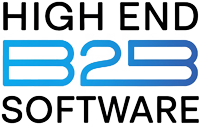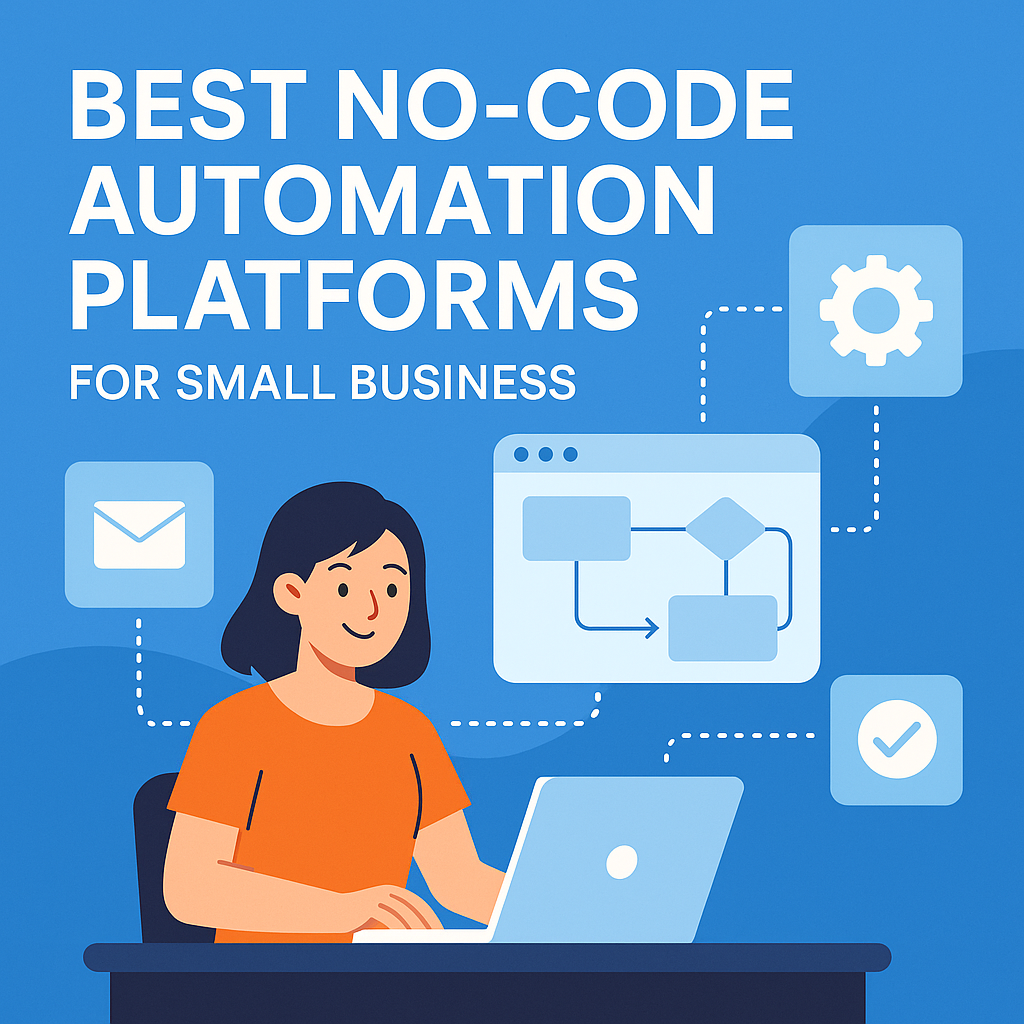Have you ever felt like your team spends half the week copying data between tools, updating spreadsheets, and manually sending reminders? Automation Platforms
You’re not alone.
Small businesses today juggle dozens of apps—CRMs, email platforms, billing systems, and project management tools. The problem? None of them talks to each other out of the box.
That’s why no-code automation platforms have exploded in popularity. They let you build powerful workflows—without hiring a developer or writing a single line of code. Automation Platforms
After testing dozens of solutions across client projects, I’ve shortlisted the most reliable, user-friendly, and affordable no-code platforms you can start using today. Automation Platforms
Let’s break them down one by one.
1. Zapier
Why I Chose This Platform
Zapier is the original no-code automation leader. With over 6,000 integrations, it’s hard to find an app it doesn’t connect to.
When I worked with a marketing agency managing multiple CRMs, Zapier was the glue that kept everything running.
What Makes This Tool Different
Visual editor: Create “Zaps” in minutes
Multi-step workflows: Automate entire processes end-to-end
Built-in filters and logic: Trigger workflows only when specific conditions are met
Auto error handling: Get notifications if something breaks
Pros & Cons
Pros:
✅ Huge app directory
✅ Easy to learn
✅ Excellent support resources
Cons:
❌ Can get pricey as you scale
❌ Some advanced features are only on higher plans
Unique Selling Points
6,000+ integrations
Conditional logic and branching
Team collaboration features
Who Should Use This?
Agencies, consultants, and small businesses that want maximum flexibility without code.
My Take:
After using Zapier for 3 years, I still think it’s the most versatile platform for automating business workflows.
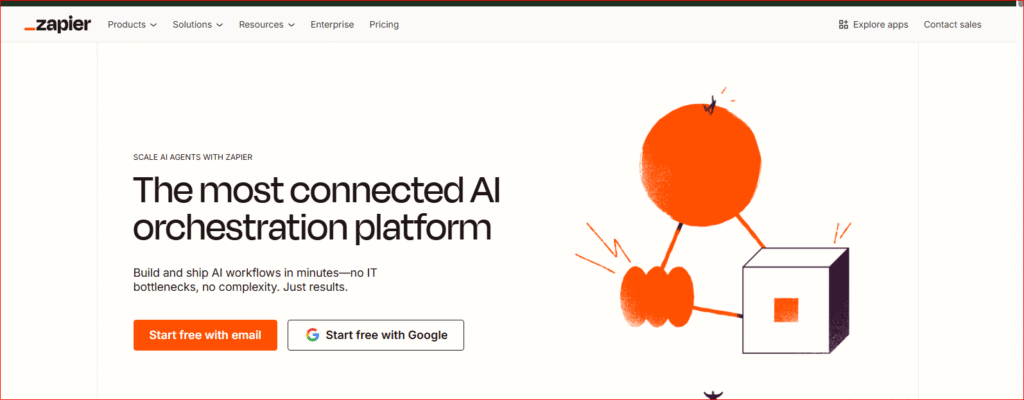
2. Make (formerly Integromat)
Why I Recommend It
Make is like Zapier’s more visual, advanced cousin. If you need complex workflows, it’s hard to beat.
One SaaS client needed a custom sync between Airtable, Slack, and Google Sheets. Make handled it beautifully.
What Makes This Tool Different
Drag-and-drop scenario builder
Detailed error handling and testing
Built-in data manipulation tools
Affordable pricing compared to Zapier
Pros & Cons
Pros:
✅ Highly visual editor
✅ Great value for advanced features
✅ Robust scheduling and triggers
Cons:
❌ Steeper learning curve
❌ Interface can feel busy
Unique Selling Points
Visual flow mapping
Data formatting on the fly
Affordable plans for small teams
Who Should Use This?
Teams need complex automations and data transformations.
My Take:
If Zapier ever feels limiting, Make is your next step up. Just be ready for a deeper learning curve.
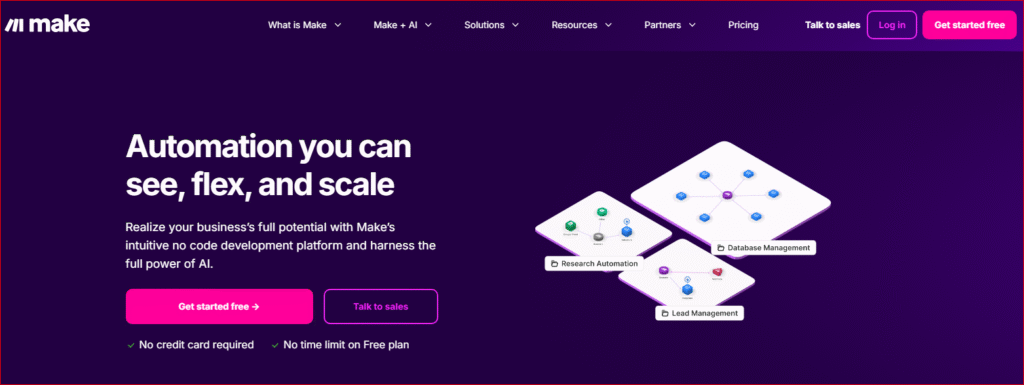
3. Airtable Automations
Why I Recommend It
If you already use Airtable as your database, its built-in automations are surprisingly powerful.
You can trigger workflows when records change, send emails, or update other systems—right from Airtable.
What Makes This Tool Different
Native to Airtable—no extra apps needed
Built-in scripting with JavaScript
Visual automation builder
Integrated forms and views
Pros & Cons
Pros:
✅ No extra subscription required
✅ Perfect for Airtable-centric teams
✅ Easy to maintain
Cons:
❌ Limited integrations compared to Zapier
❌ Not ideal as a standalone automation tool
Unique Selling Points
Embedded in your database
Trigger workflows instantly
Free on lower tiers
Who Should Use This?
Small businesses that live in Airtable and want to automate without leaving it.
My Take:
For Airtable-heavy workflows, it’s a no-brainer. Simple, fast, and cost-effective.
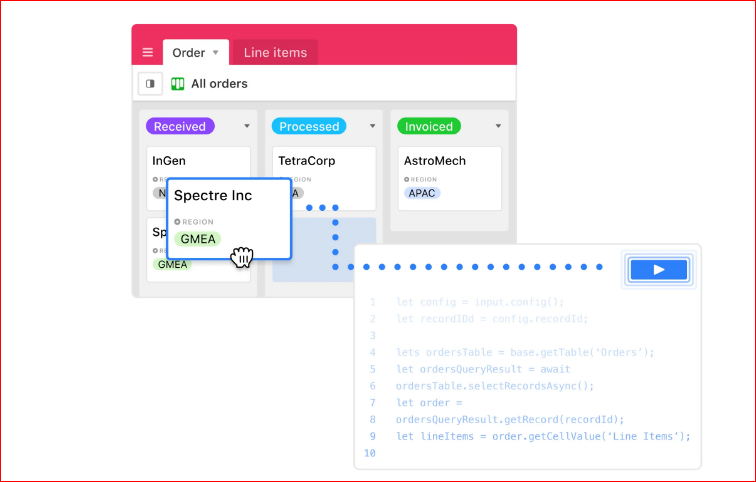
4. Pabbly Connect
Why I Recommend It
Pabbly Connect is quickly becoming a popular Zapier alternative, especially for budget-conscious businesses.
It offers lifetime deals, unlimited workflows on some plans, and a simple editor.
What Makes This Tool Different
Unlimited tasks on higher plans
One-time payment options
Growing list of integrations
Pros & Cons
Pros:
✅ Affordable for small businesses
✅ No per-task pricing if you go lifetime
✅ Easy to learn
Cons:
❌ Smaller app directory than Zapier
❌ Occasional delay in triggers
Unique Selling Points
Lifetime deal pricing
Simple UI
Unlimited workflows
Who Should Use This?
Startups and freelancers who want cost certainty.
My Take:
If you’re on a budget, Pabbly Connect gives you 80% of Zapier’s power for a fraction of the cost.
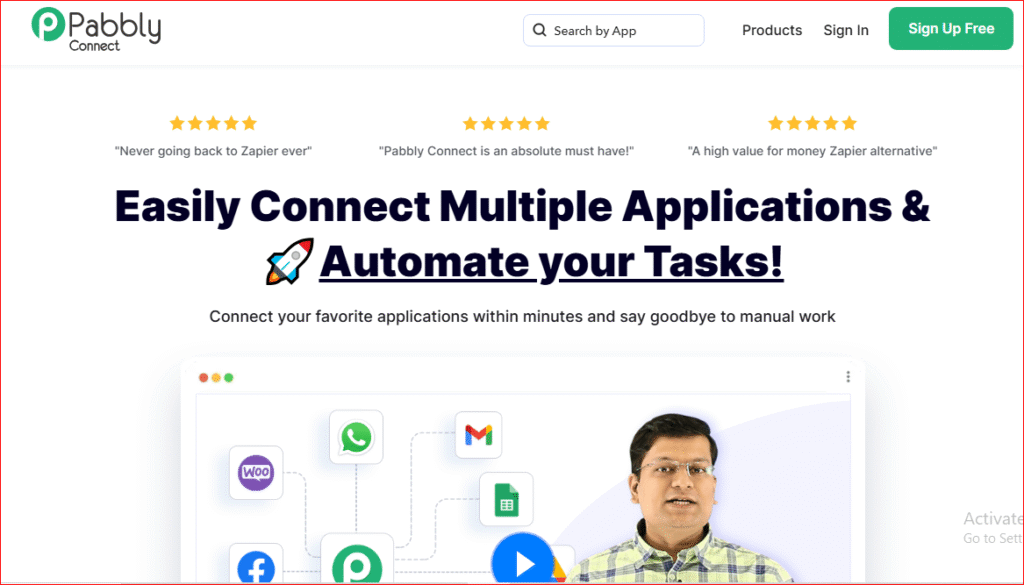
Comparison Table
| Feature | Zapier | Make | Airtable Automations | Pabbly Connect |
|---|---|---|---|---|
| Integrations | 6,000+ | 1,500+ | Limited (Airtable only) | ~1,000 |
| Ease of Use | Beginner-friendly | Intermediate | Simple if you use Airtable | Beginner-friendly |
| Pricing | $$$ | $$ | Free–$$ | $ (lifetime option) |
| Visual Builder | Yes | Yes | Yes | Yes |
| Best For | Versatile workflows | Complex automations | Airtable-centric teams | Budget-conscious teams |
Final Thoughts
Picking the best no-code automation platform for a small business comes down to:
Your tech stack (where your data lives)
Budget
Complexity of workflows
If you’re not sure where to start, here’s my recommendation:
- Absolute beginner: Start with Zapier.
- Need power + flexibility: Choose Make.
- Already use Airtable: Use Airtable Automations.
- On a tight budget: Try Pabbly Connect.
No matter which you pick, you’ll save time, reduce manual work, and create a smoother experience for your customers.
